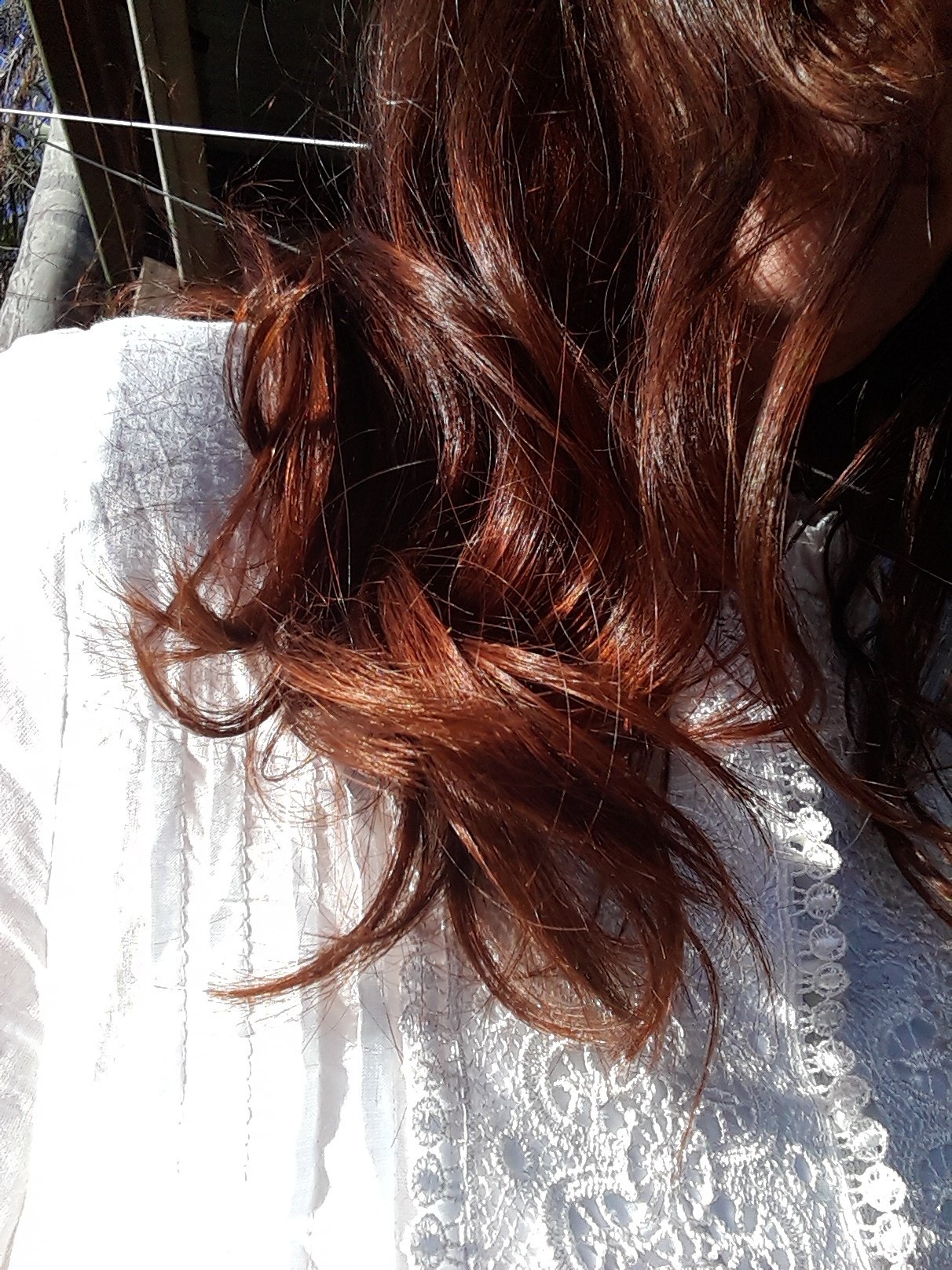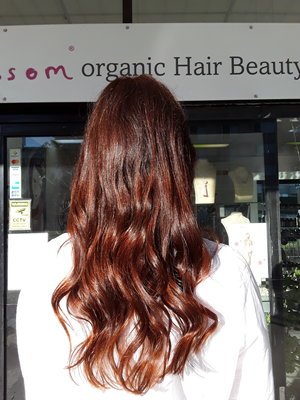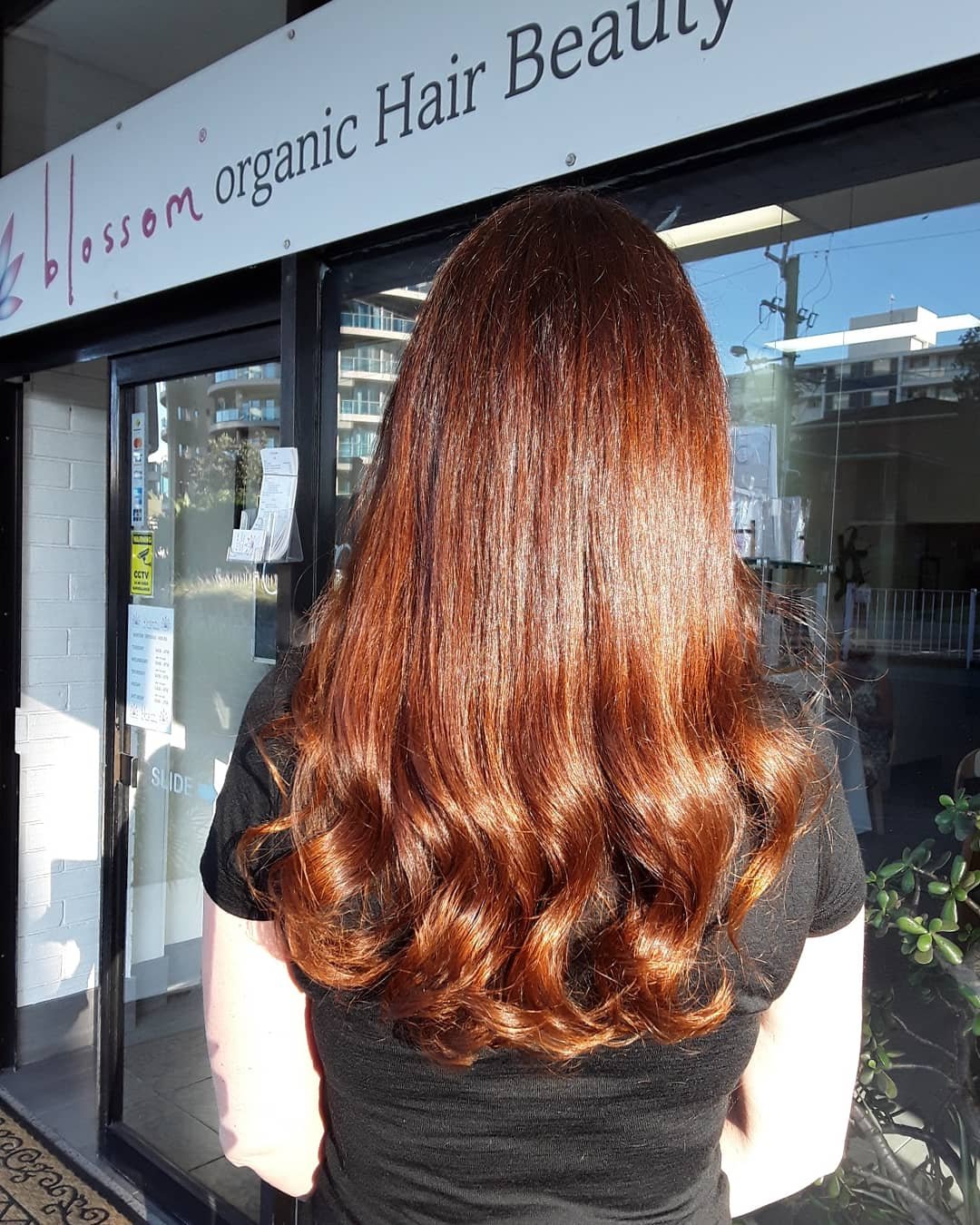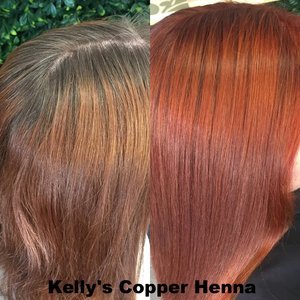Oh, so having read part 1 of my Toxic Haircolour blog you will now probably have been scared into reading labels, realizing what nasties are commonly found in conventional haircolour.
No need to panic, there are safe and ‘safer’ options out there for those that prefer not to have ‘virgin’ hair.
But having said that, one of our blossom fans pointed out recently, she had been colouring her hair non stop for 13yrs and had no idea that under all that coloured and heat tortured, frizzy hair was a head of luscious soft feminine curls. It took over a year to grow it out and she has been getting comments on it ever since. So it may just be worth trying colour free!
It has been more than 15 years now since I have had conventional or should I say TOXIC, chemical haircolour on my scalp. As the years go by I notice more 'natural hilights' of the silver variety but my Henna takes care of that. The only totally natural hair colour available to my knowledge is Henna, which I do myself. That is 100% Henna (Lawsonia Inermis) and not compound Henna. Compound Henna is a mixture that can contain many undesirable things, including Sodium Picramate, metallic salts and other chemicals/additives. The metallic salts in these compound Hennas are the reason that most hairdressers are scared of Henna. When using conventional colour or permanent waving over these metallic salts a chemical reaction occurs which involves, fizzing, bubbling and heat – enough to scare the life out of you and your hairdresser!
But true 100% Henna (Lawsonia Inermis) does not contain these metallic salts and therefore poses no problem, but uninformed hairdresssers are still scared. Health food stores often sell “Henna” in boxes that come in every shade under the sun. These are generally compound hennas and when you read the ingredients label you will be surprised at how many chemical additives they contain. True Henna is from a plant called Lawsonia Inermis and has a orange red pigment. This henna can be mixed with other plants like Cassia or Indigo to achieve a variety of different shades. Cassia will lighten the hennas orange red pigment and give more golden tones whereas Indigo will darken and add more blue violet tones. Black is even an achievable shade using a combination of these plants. Note that Henna will gradually fade out over time, it only deposits colour pigment so you cannot go lighter, it will blend and soften greys but any grey/blonde hair will come out brighter and lighter. This just adds to the natural, tonal change giving a more natural/less block/solid colour.
One of the best websites for learning more about henna is Henna for Hair You will see you don't have to end up "Flame Red" just because you choose to Henna. If you are interested in Henna and want an expert to Henna you then call my salon blossom organic Hair Beauty Wellbeing 02 6555 595
Blessings, Monique x







